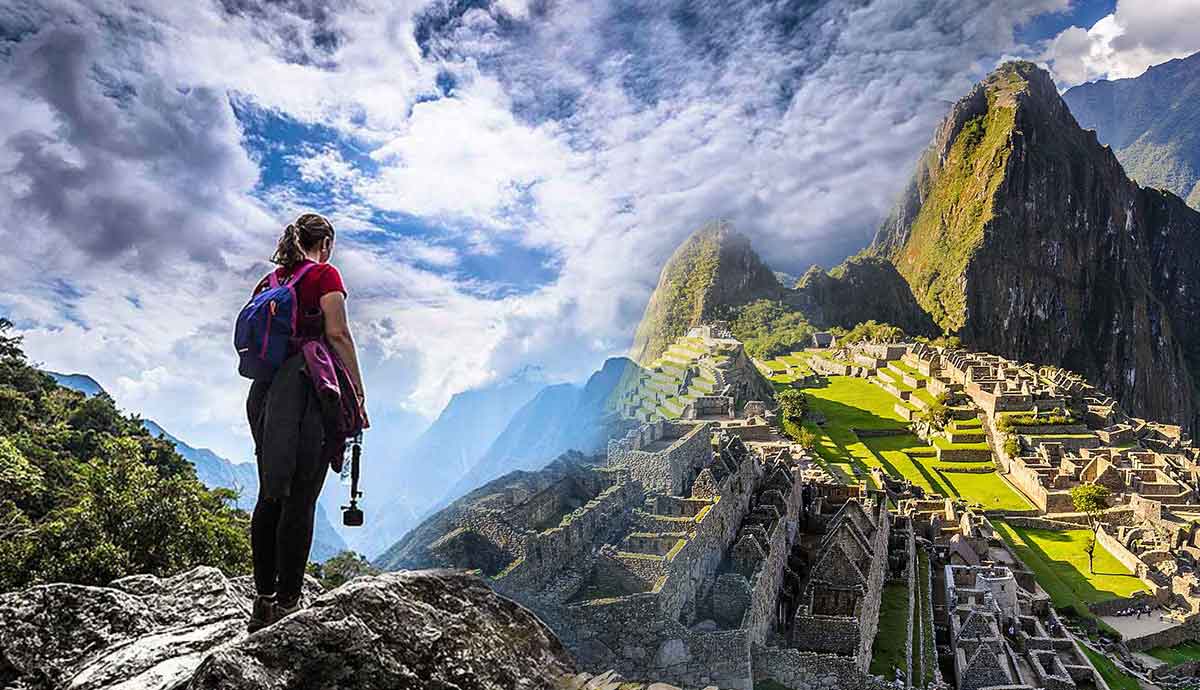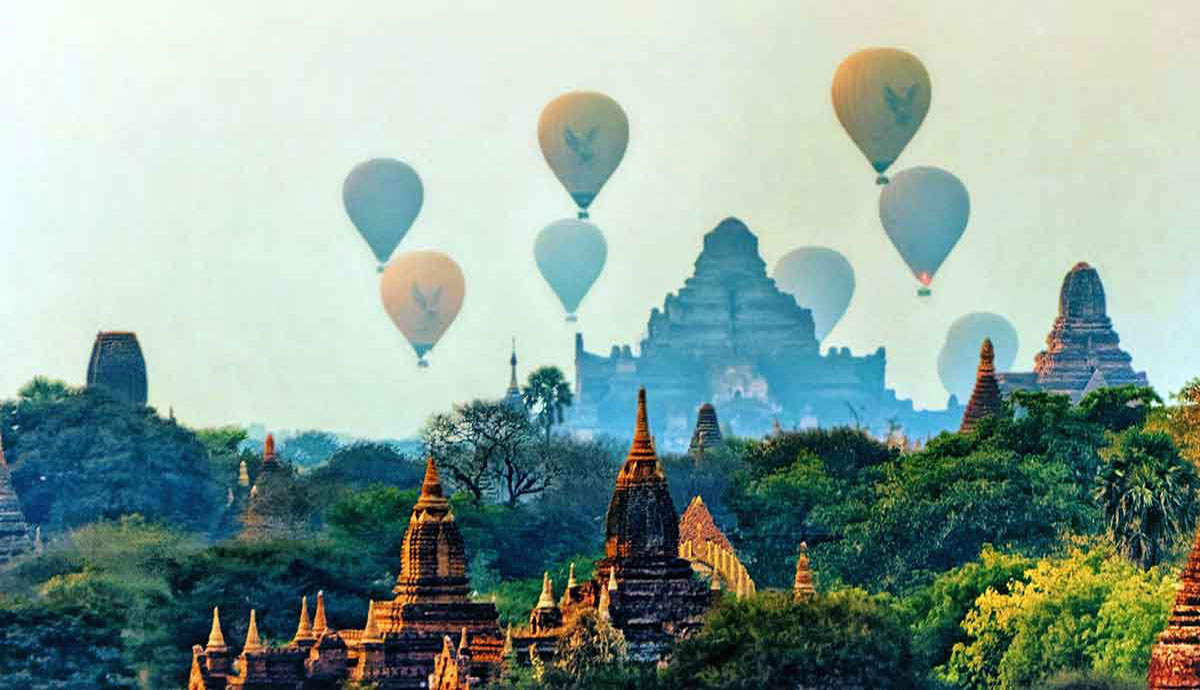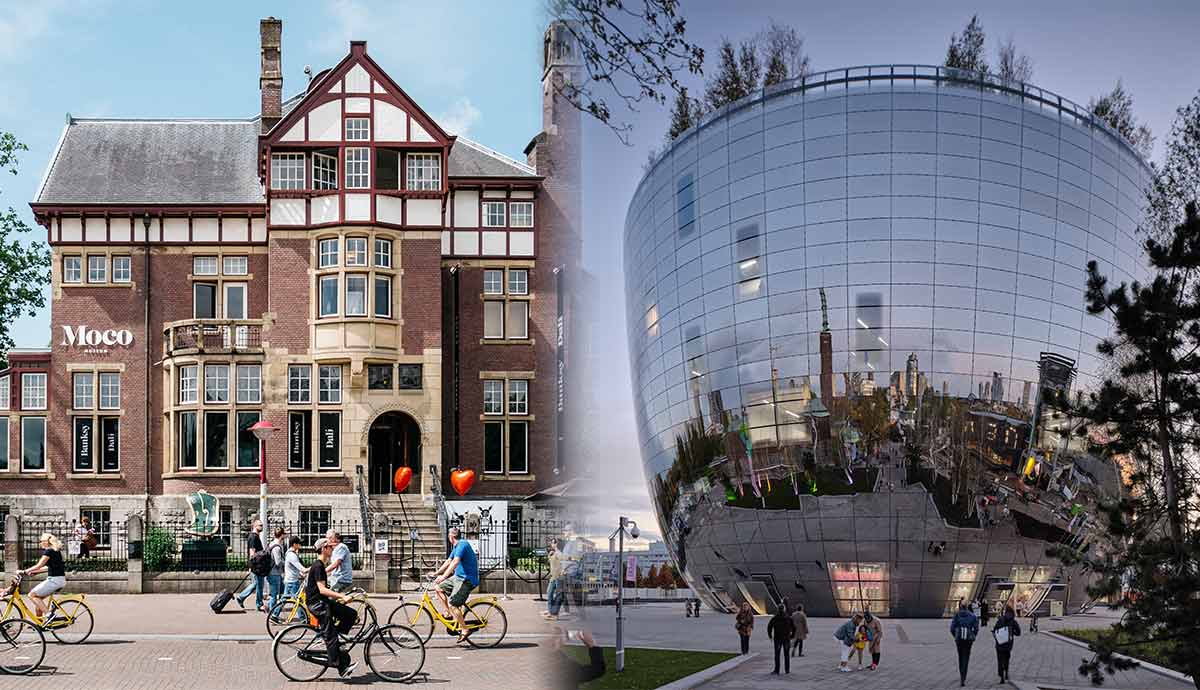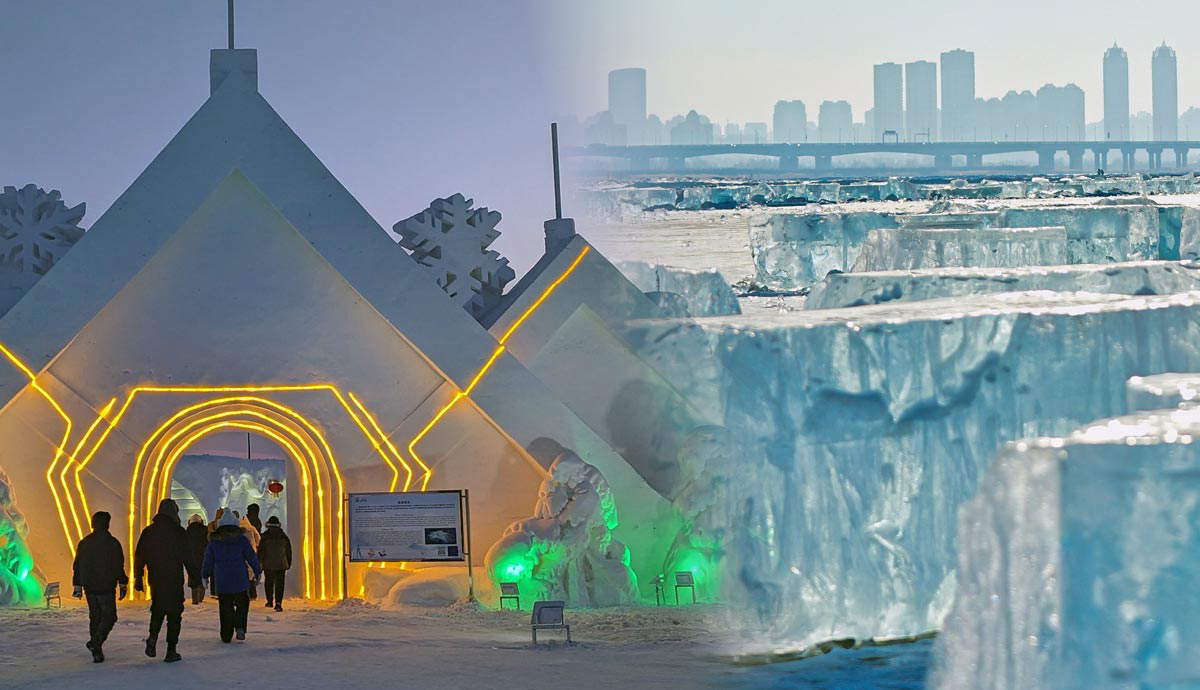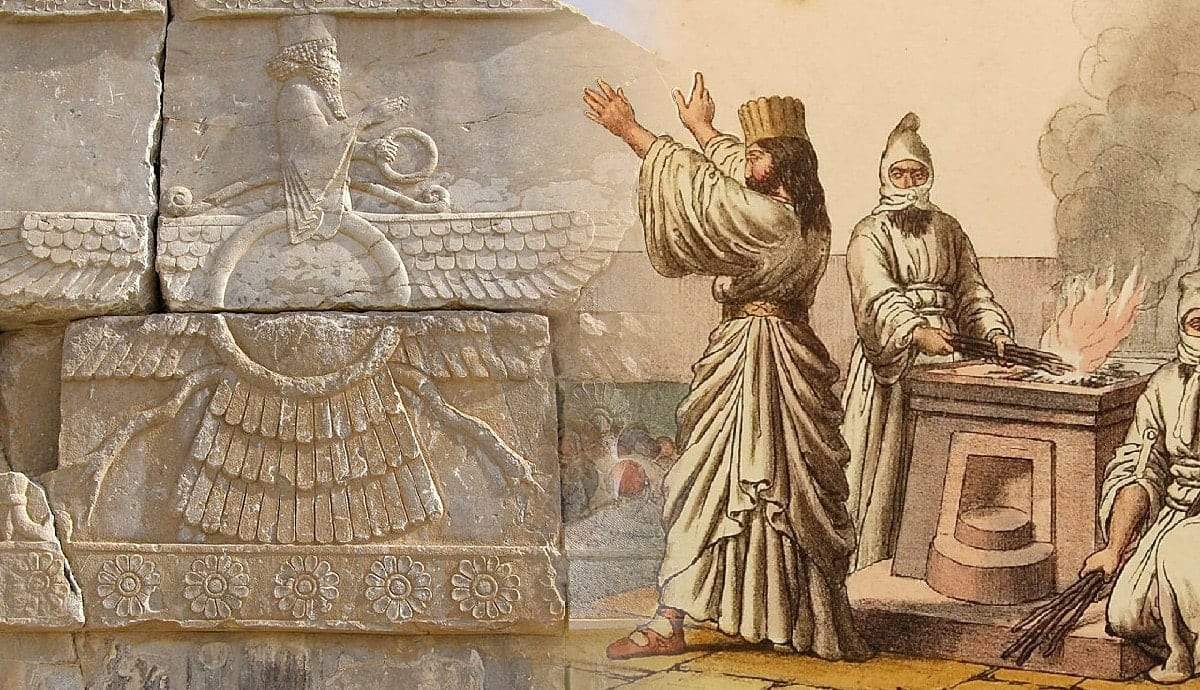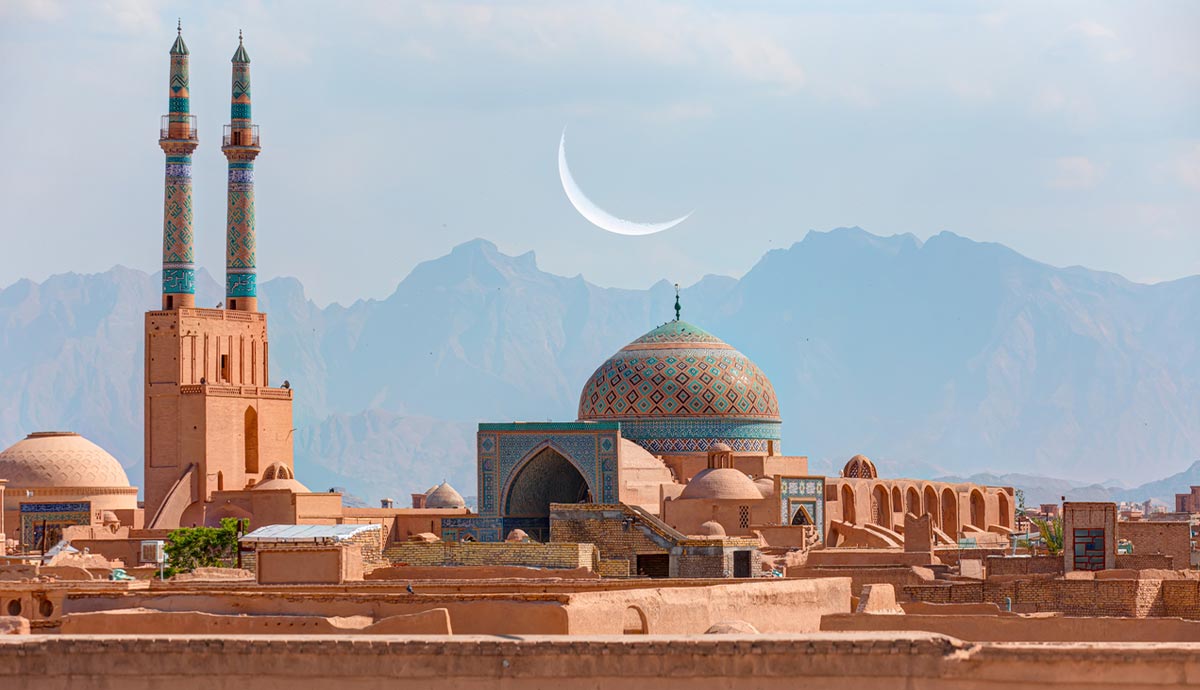
In the heart of Iran’s desert lies Yazd, a city that seems to ooze charm and history at every turn. Known as the “City of Windcatchers,” this heritage-listed treasure showcases adobe architecture, narrow alleyways, and ancient traditions that preserve the spirit of ancient Persia. Once a vital Silk Road trading post, Yazd’s skyline is graced with wind towers designed to cool homes during scorching summers. Yazd may be small, but it has a lot to offer. It is an excellent place for history lovers who want to see a swiftly vanishing world.
The History of Yazd, at a Glance
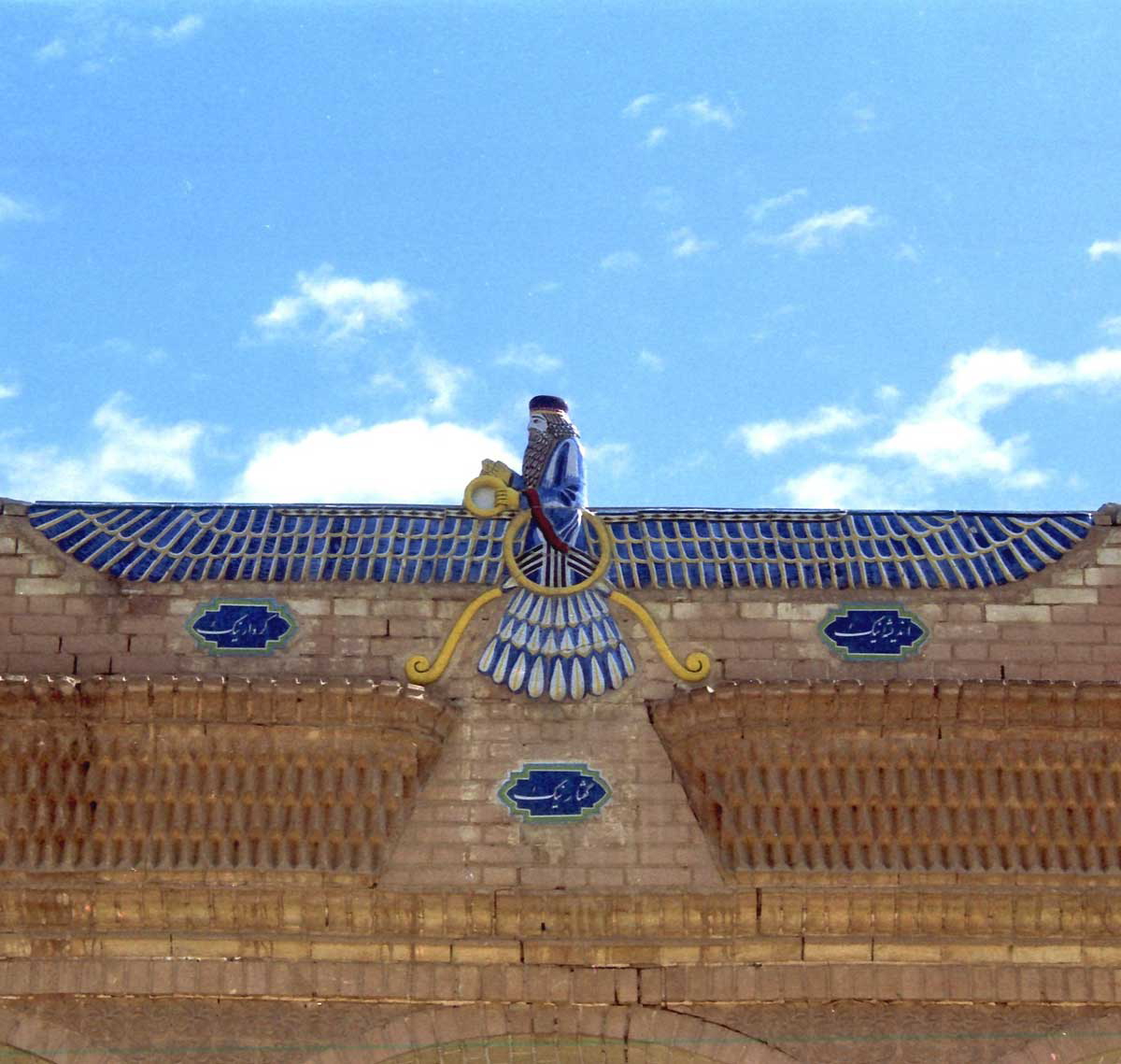
Yazd has been an active settlement since long before 3000 BCE. Originally called Yazdan, the city became an important postal route during Achaemenid rule (525-330 BCE.) Aside from its apparent cultural and historical heritage in Iran, Yazd holds a special place as the most sacred city for Zoroastrians.
Zoroastrianism, one of the world’s oldest monotheistic religions, was the primary faith in ancient Persia. As one of the most significant cities at the time, Yazd became a prime spiritual hub for Zoroastrians, especially after the Arab conquest of Persia in the 7th century, when many Zoroastrians fled to the desert town to escape persecution. The city became a haven for their community, and many of its fire temples, which house the sacred fire of Zoroastrianism, still stand today. Yazd’s historical association with the ancient religion is so strong that it is often referred to as one of its spiritual capitals.
Historical Highlights in Yazd
Old City of Yazd
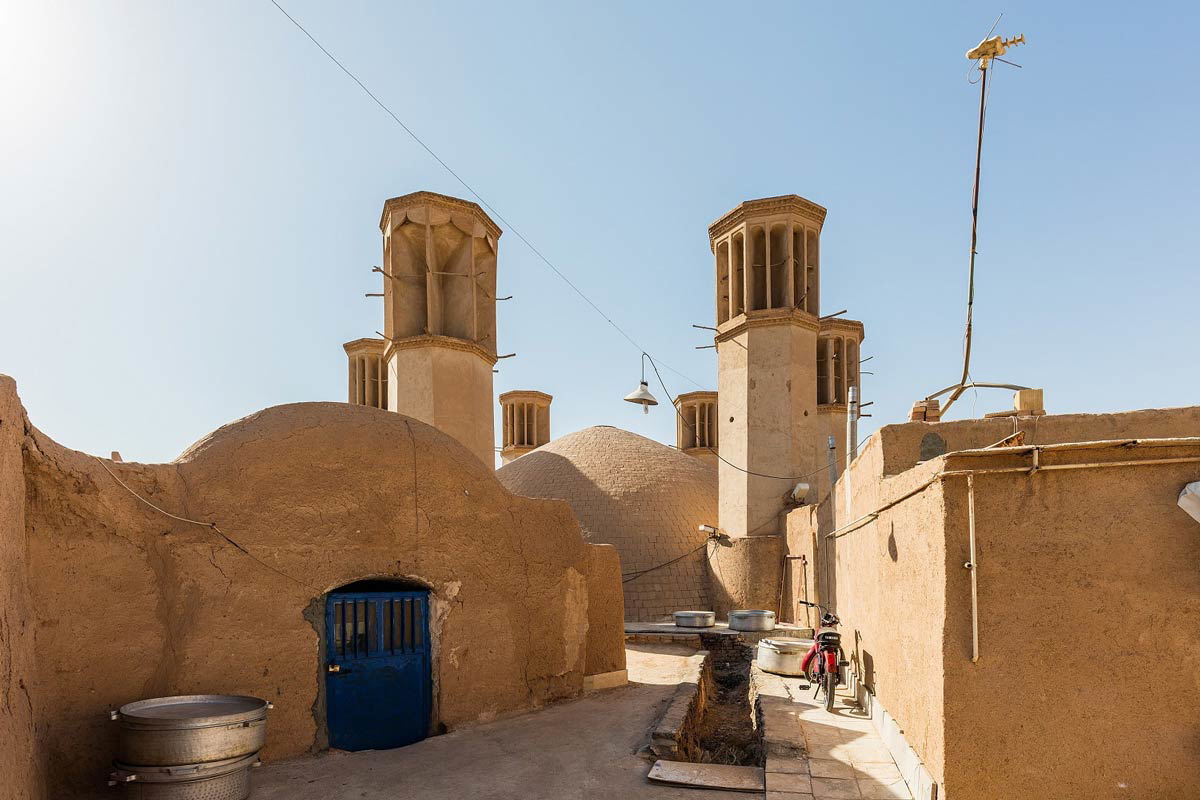
Yazd’s old town is an exquisite adobe maze that invites endless exploration. The high mud walls and covered passages reveal endless doors, many of which have now been turned into trendy cafés, restaurants, guesthouses, and hotels. Every structure is constructed simply, and even repairs nowadays are done the old-fashioned way: mix straw, mud, and water; slather it on, smooth it out, and let the sun and heat do the rest of the work.
Jameh Mosque
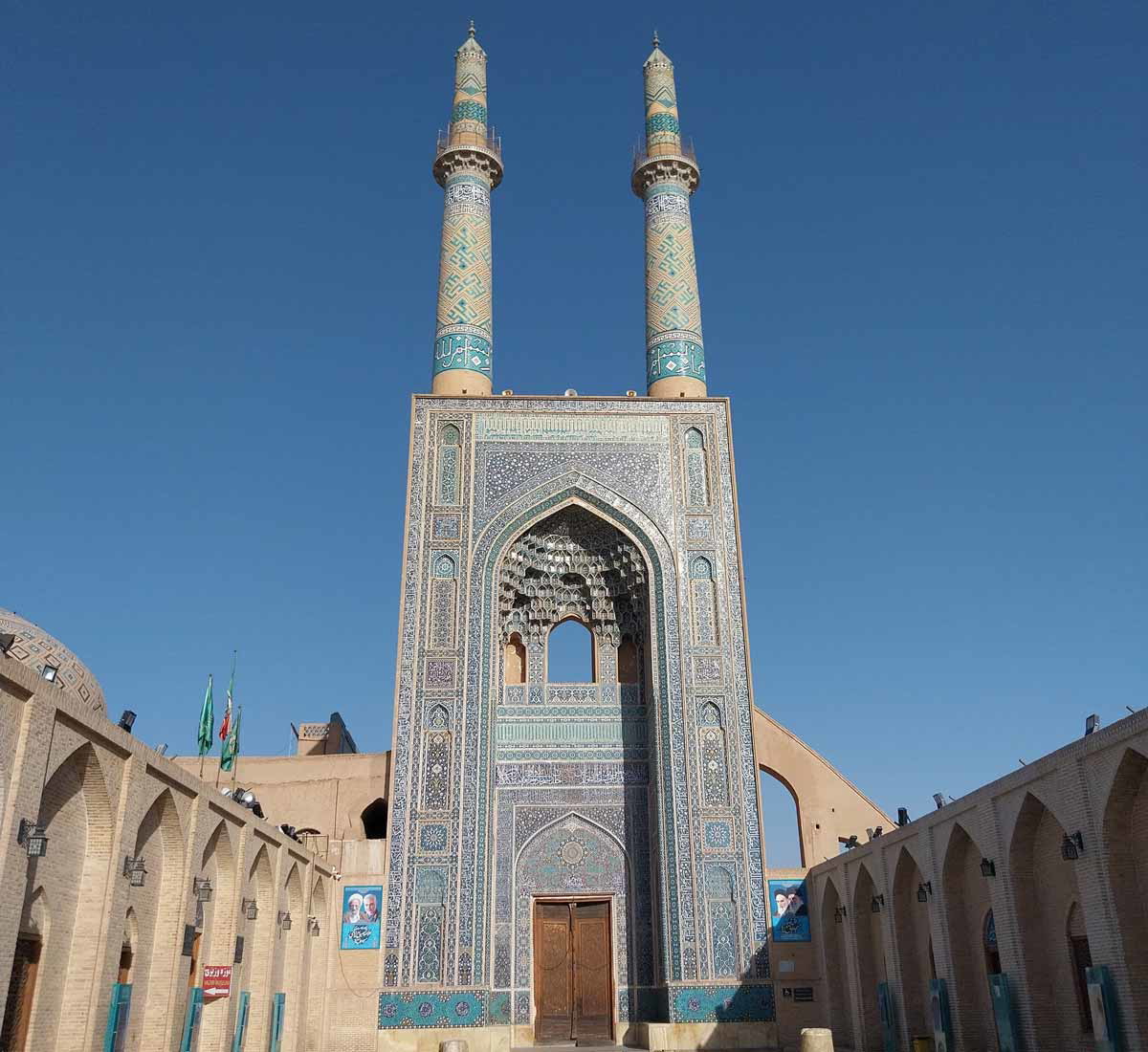
The Jameh Mosque is a crowning jewel of Persian Islamic architecture, with its soaring minarets—the tallest in all of Iran—and intricate tilework telling the story of centuries of artistic progress. The mosque’s façade is adorned with striking tiled portals, leading to an interior adorned with exquisite hand-painted Persian tiles. The patterns are highly intricate, showcasing traditional Islamic geometric designs and colors, particularly in the stunning mihrab (prayer niche) and dome.
The mosque has a beautiful open courtyard surrounded by stunning archways. It also features a large fountain, a traditional element in Islamic architecture used for both decoration and cooling.
Zoroastrian Fire Temple
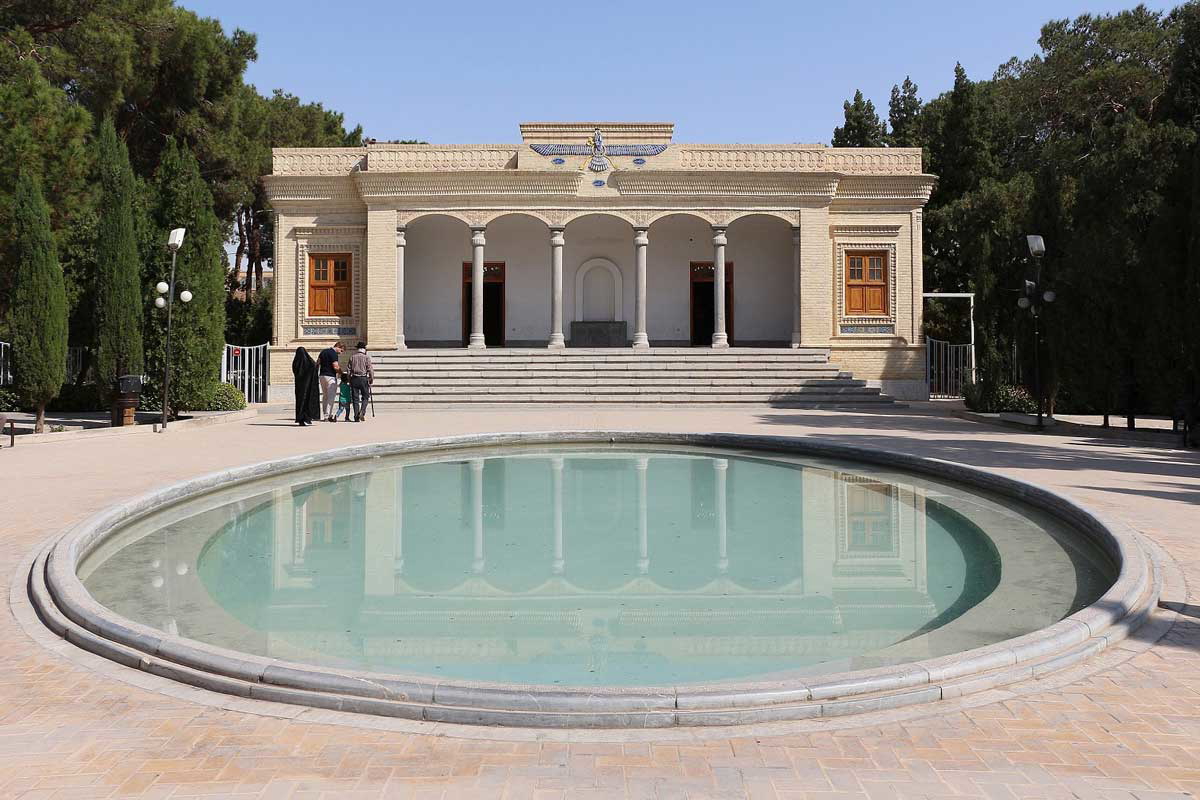
Recent estimates suggest that about 30,000 to 40,000 Zoroastrians remain in Iran, with a significant portion living in Yazd. The main temple in the heart of Yazd houses an eternal flame that has allegedly been burning for over 1,500 years, symbolizing the mortals’ link to Ahura Mazda, the Zoroastrian god. The temple itself was built in the 1930s, yet it was constructed above an earlier fire temple built in the 5th century CE.
From a foreign visitor’s viewpoint, this is the one site you’ll want to visit with a knowledgeable, English-speaking guide. Symbolism abounds here, but information is sparse and only available in Farsi. A visit can potentially be disappointing without a guide.
Towers of Silence
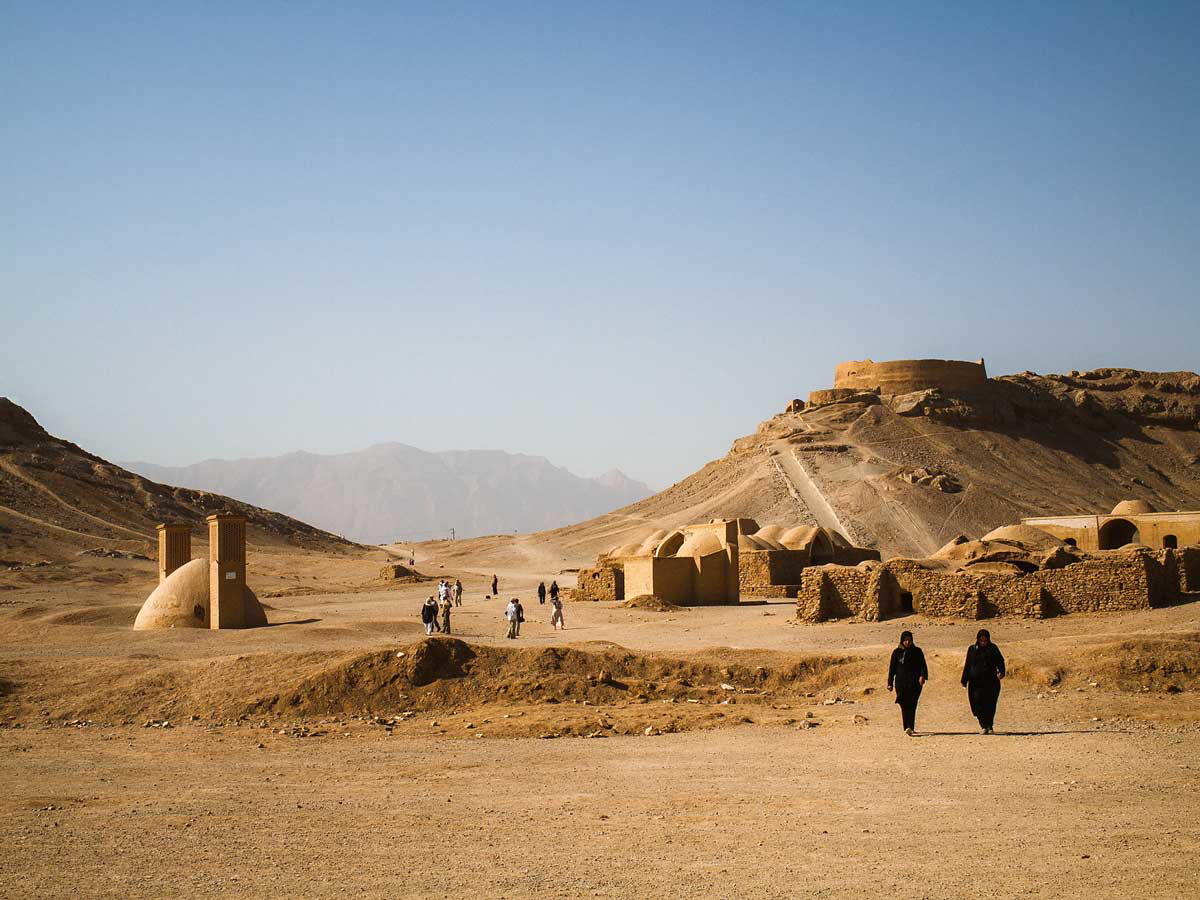
We continue with the Zoroastrian theme but move on to the more morbid topic of ancient funerary practices. The Towers of Silence, just outside Yazd, are circular structures used for “sky burials,” an ancient practice that involved leaving human bodies to decompose in the elements to be devoured by scavenging birds, particularly vultures. This ritual is most commonly associated with Zoroastrianism, though it was also practiced by various cultures in different parts of the world, including Tibet and Mongolia.
In Zoroastrianism, sky burials were practiced because the earth, fire, water, and air are considered sacred, and the body is seen as impure after death. By exposing the body to vultures, it was believed the spirit would ascend to the heavens, while the birds, seen as pure, would consume the body.
Amir Chakhmaq Complex
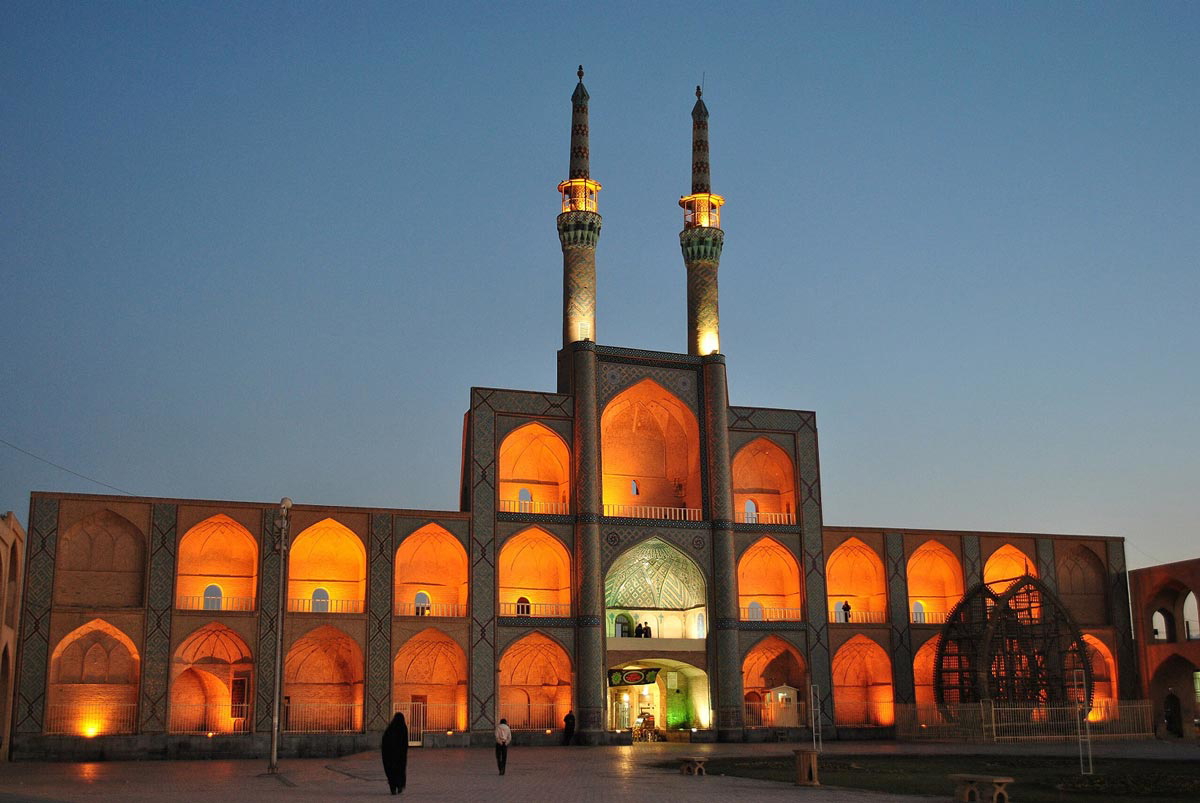
Built in the 15th century during the Timurid Period by Amir Chakhmaq, the Chackhmaq Complex was intended to showcase the local governor’s wealth and power. It sits on an expansive square just a couple of blocks southwest of Jameh Mosque, in what was once the heart of the historic city. The complex houses a mosque, a small bazaar, a water reservoir, and a caravanserai.
The complex’s symmetrical sunken alcoves create a mesmerizing play of light and shadow at sunset. And by night, when the façade is illuminated, the original architectural splendor shines through. The square directly in front of the complex has always served as a major trading and socializing space that continues today.
The Water Museum
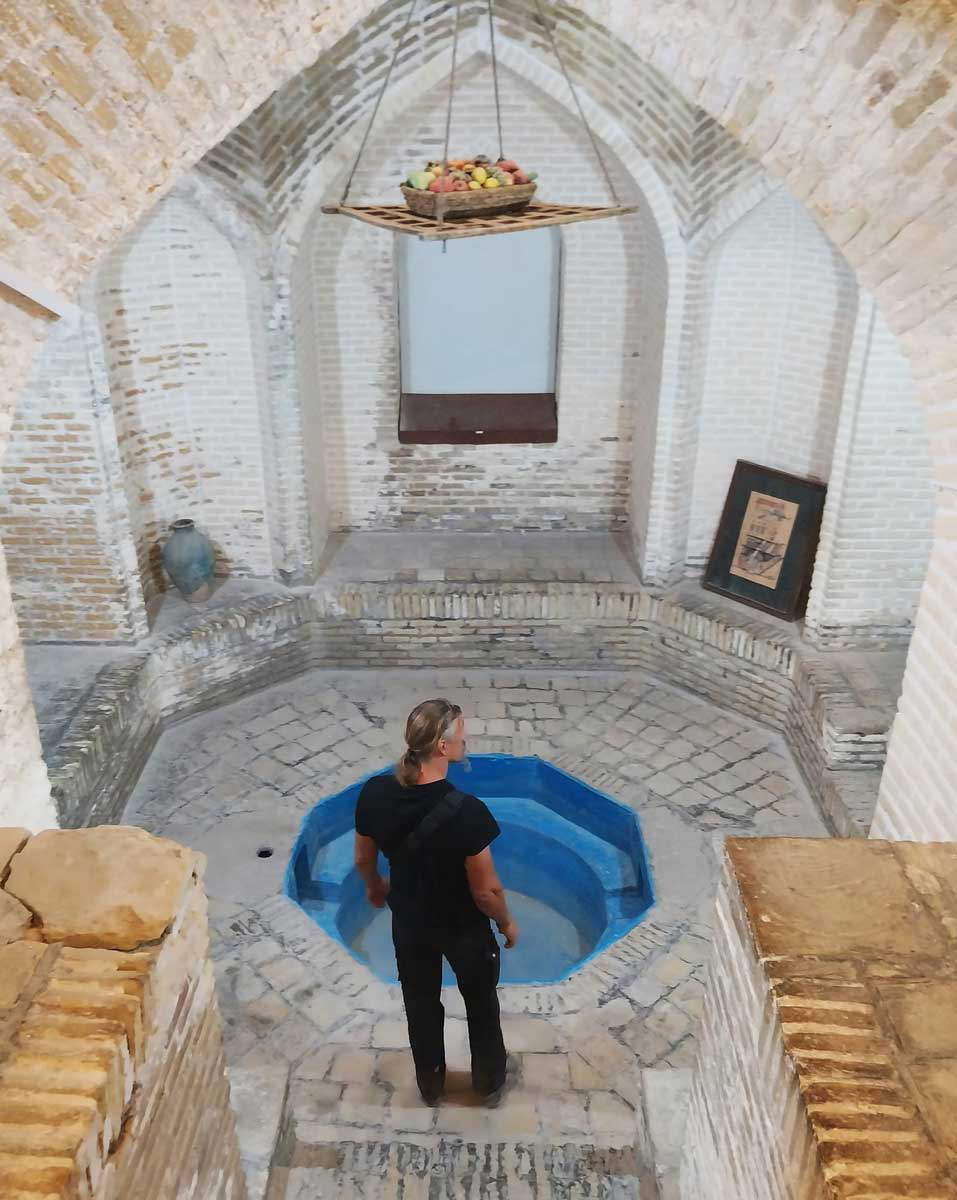
The small entrance of the Water Museum in Yazd hides what is arguably one of its most fascinating sites. Housed in a restored 19th-century mansion, the museum unravels the mystery of how this desert city has thrived for millennia.
As you descend its floors, you’ll learn about the city’s sophisticated qanat system and underground channels that bring water from distant mountains. This incredible ingenuity, well ahead of its time, allowed people to live and thrive in such inhospitable landscapes for so long.
Dolat Abad Garden
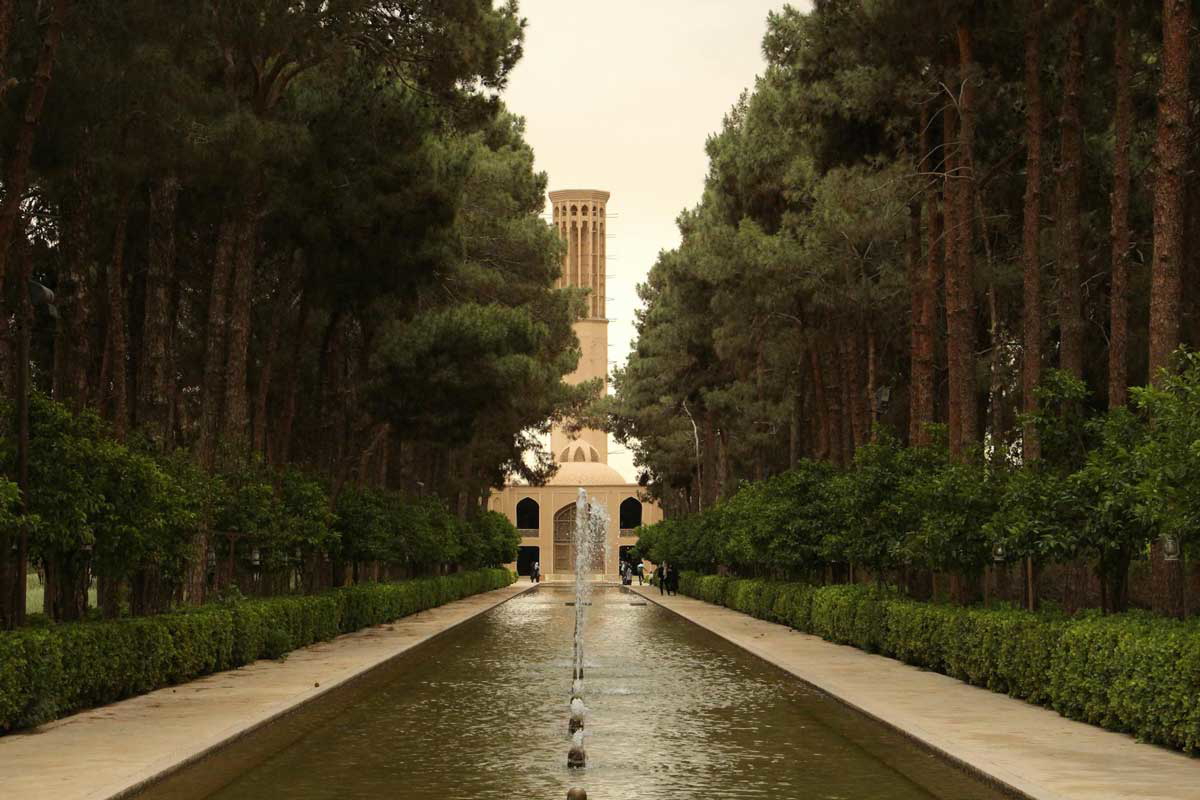
For the most serene escape in Yazd, pop into the Dolat Abad Garden, an 18th-century Persian paradise that exemplifies the char bagh style. The garden’s pavilion boasts Iran’s tallest badgir, standing at an impressive 108 feet (33 meters). As you wander among fountains and water channels, you’ll experience firsthand how these traditional gardens create delightfully cool microclimates even in the most oppressive desert heat.
Yazd Off the Beaten Path
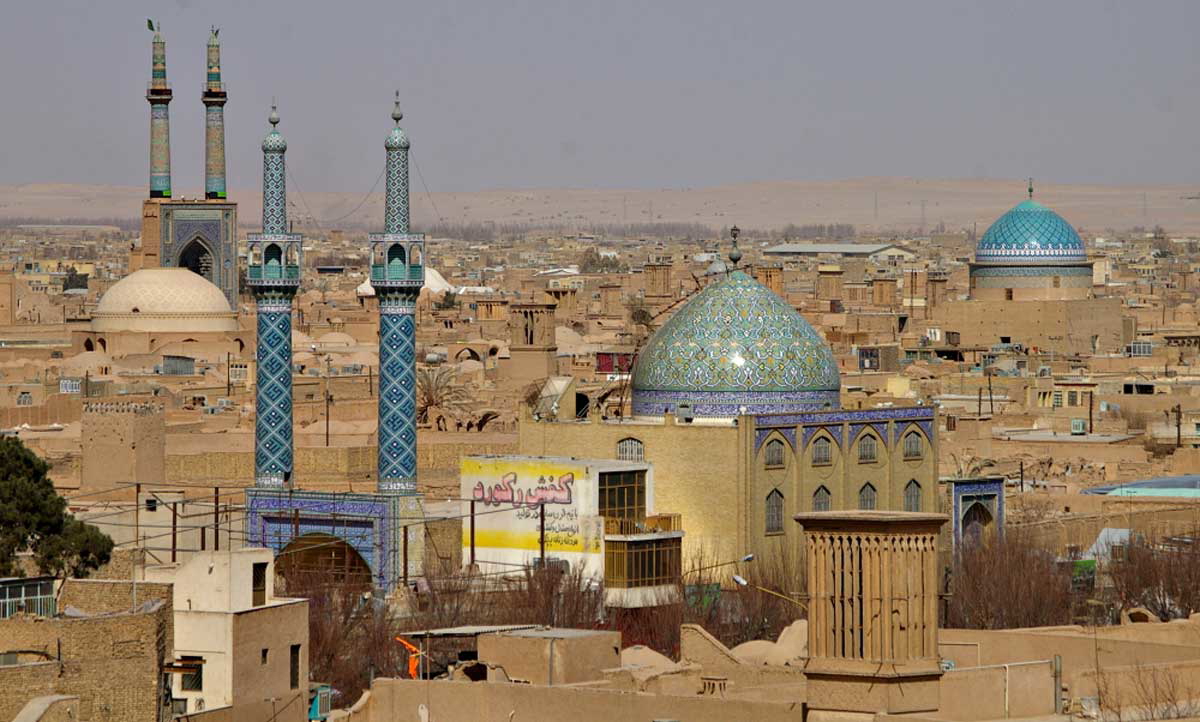
Hidden gems abound in Yazd for the curious traveler. In the labyrinthine alleys of the old town, you might stumble upon the Fahadan neighborhood, just north of the absolute center, where some of the city’s oldest houses still stand. Look for the discreet entrance to the Zarch Qanat, one of Iran’s longest and oldest qanats, which you can explore underground with a guide.
What to See Outside Yazd
Saryazd Fortress
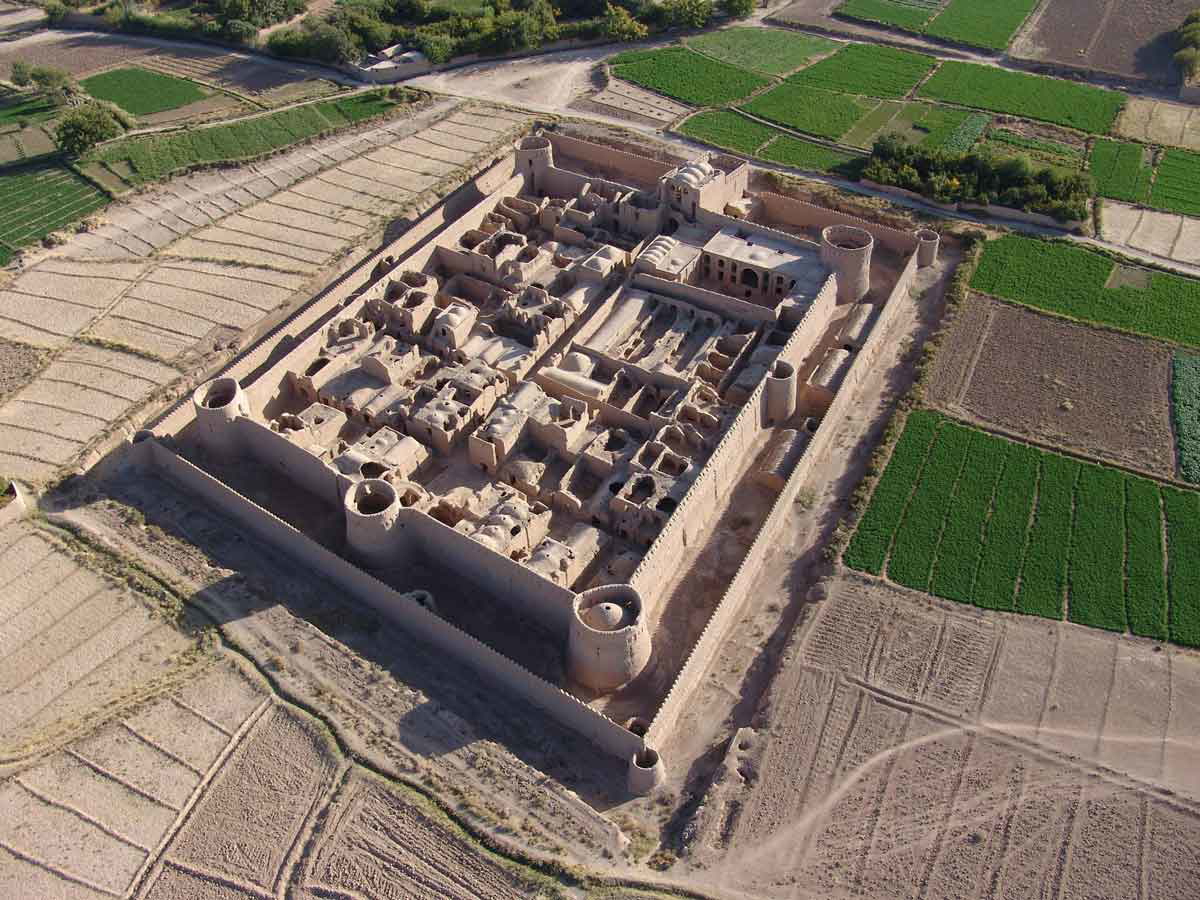
This 7th-century Sassanian fortress was the Zoroastrian religious center during the Sassanid Era. It is about 30 miles (50 kilometers) south of Yazd. The name is a misnomer, as the building was never intended to be a military structure. Instead, it was a type of safe deposit in which the residents of Sar Yazd could store valuables such as gold, jewels, food, and grain. Accordingly, its labyrinthine architecture was designed to make entering and navigating difficult.
Unique Cultural Experiences
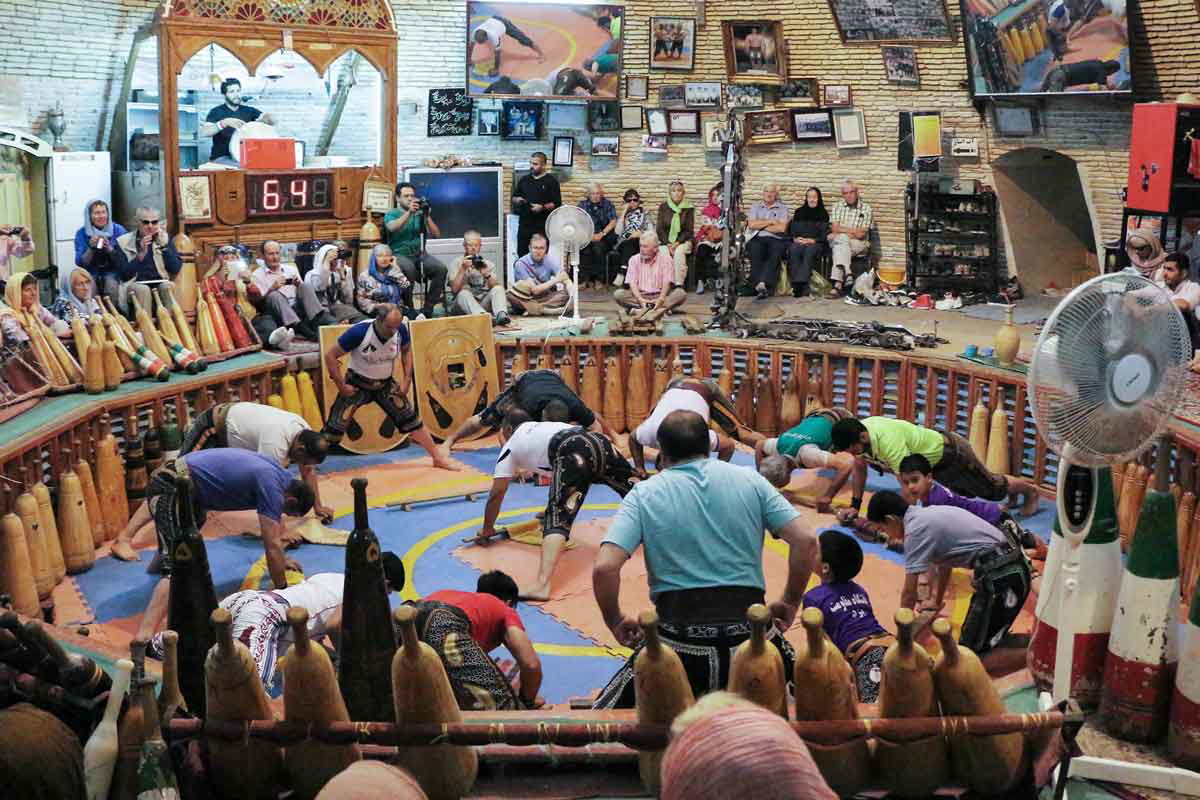
Yazd’s historical significance extends beyond its monuments and lives on in the city’s crafts and traditions. This is the place to seek out workshops producing termeh, a fine handwoven cloth unique to Yazd. Also, sample local sweets like qottab and pashmak, whose recipes have remained unchanged for centuries. For a truly unique experience, participate in a zurkhaneh (house of strength) session, an ancient form of athletic ritual that combines physical prowess with spiritual elements.
The Unmissable Spectacle of Yazd at Night
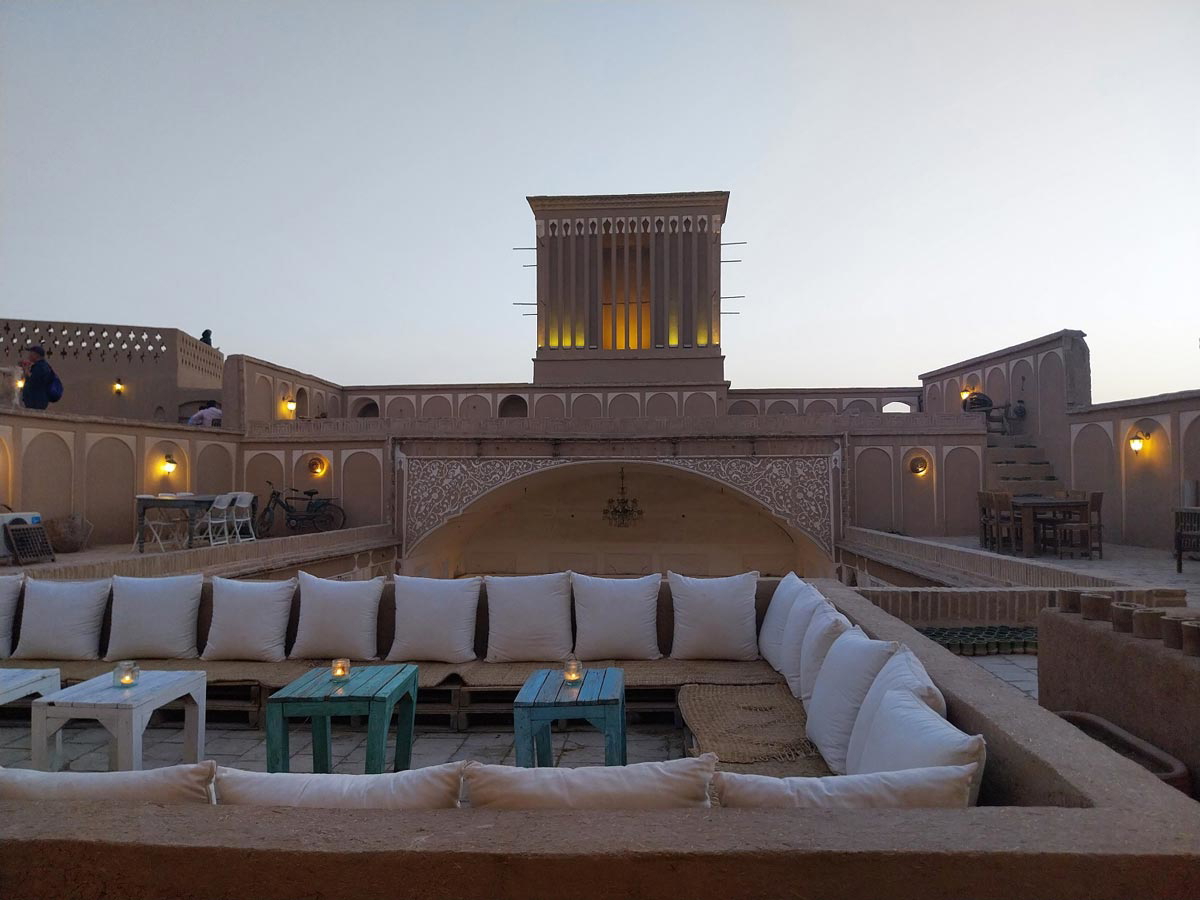
As day turns to night, make your way to one of Yazd’s rooftop cafes for the most unmissable experience. As the sun sets over the desert city, you’ll see the sky drenched in hues of orange and pink just before the city’s many windcatchers are illuminated for the night. Sip a traditional tea, enjoy a bite of traditional food, and soak up the most spectacular views.


